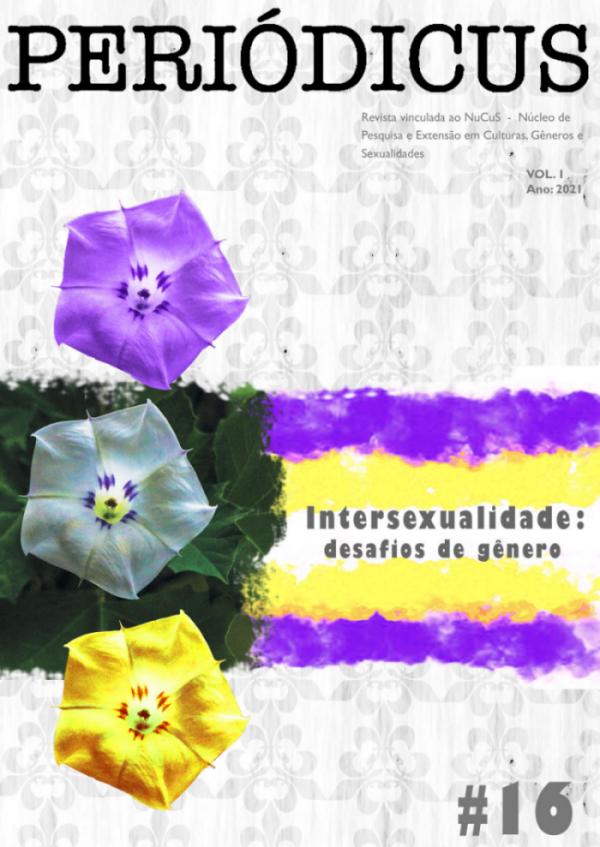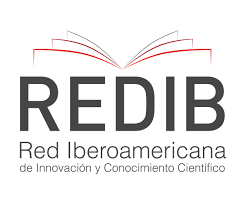Secrets and ‘truths’ about the intersex condition in Grey’s Anatomy
DOI:
https://doi.org/10.9771/peri.v1i16.43016Abstract
Paul Beatriz Preciado states that restricting sex to a binomial is a Western obsession, in an interview in 2008. We analyze how the intersex condition and intersex people are introduced in two episodes of the TV show Grey’s Anatomy. We inquire about the discourses called upon on the narratives of these episodes and by the protagonism or invisibility and erasing of the intersex voices and bodies. We focus on the teachings about these bodies found in this series. We find the reiteration of heteronormativity, the exploitation of affective relations, the medical discourse, the diagnosis and the secret that intersex bodies retain. The latter are used as functioning mechanisms of the sex binomial and to the production of gender identity and “normal” bodies, by the family and by medicine, establishing silence agreements regarding the adequacy of bodies to an intelligibility of gender aligned to sex. The TV show permeates the concept of order more than that of disorder.
Downloads
Downloads
Published
Versions
- 2021-08-16 (2)
- 2021-10-27 (1)
How to Cite
Issue
Section
License
Copyright (c) 2021 Luciana Aparecida Siqueira Silva, Claudiene Santos, Laíne Lopes da Silva, Elenita Pinheiro de Queiroz Silva

This work is licensed under a Creative Commons Attribution-NonCommercial 4.0 International License.
Authors who publish in this journal agree to the following terms:
Authors retain copyright and grant the journal the right of first publication, with the work simultaneously licensed under a Creative Commons Attribution Noncommercial License that allows the work to be shared with acknowledgment of authorship and initial publication in this journal, but prohibits commercial use.
Authors are authorized to enter into separate additional contracts for non-exclusive distribution of the version of the work published in this journal (e.g., publishing in an institutional repository or as a book chapter), with acknowledgment of authorship and initial publication in this journal.
Authors are permitted and encouraged to publish and distribute their work online (e.g., in institutional repositories or on their personal website) at any point before or during the editorial process, as this can generate productive changes and increase the impact and citation of the published work (see The Effect of Open Access).








